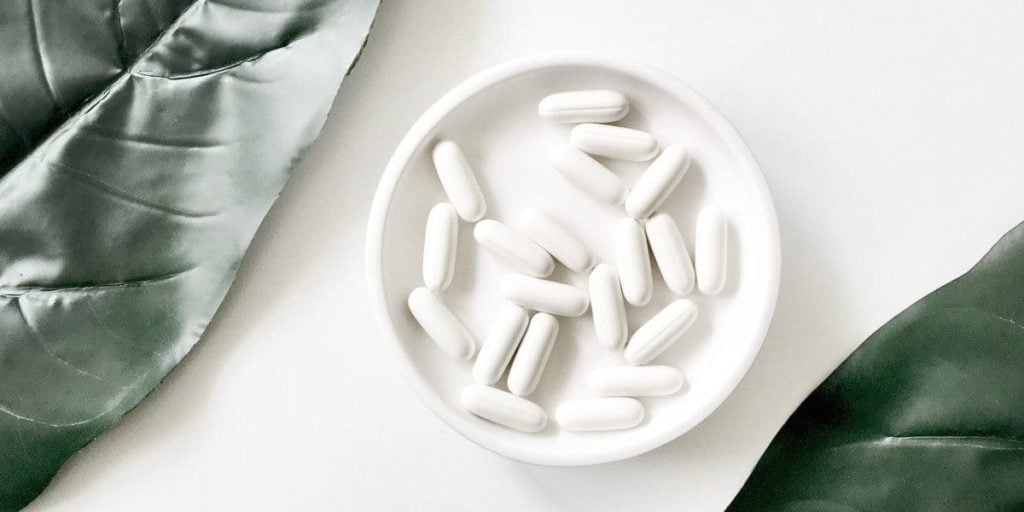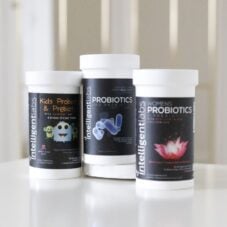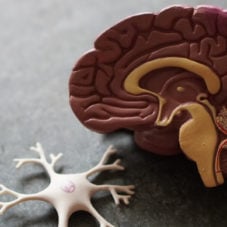Probiotics
Prebiotics vs Probiotics: Are They The Same?
In the past two decades, everyone has talked about the importance of probiotics and prebiotics for our gut health. But do you really know what’s the difference between these two? In this prebiotics vs probiotics article, you’ll find out the answer, as well as which one you need the most and when you need it by!
What are probiotics and what are prebiotics?
Probiotics are live microorganisms known for their health benefits on the host. Regular consumption helps in the maintenance of a positive balance in the gut microbiota (1). To be more exact, according to the World Health Organization, probiotics are defined as “live microorganisms which when administered in adequate amounts confer a health benefit on the host” (2).
On the other hand, prebiotics are non-digestible dietary fibers that contribute to the growth of bacterial species in the gastrointestinal tract and thus provide health benefits to the host (3).
Types of bacteria classified as probiotics
Probiotics are not a new invention. They existed in our traditional foods such as yogurt, cheese and salty fish. The first use of probiotics in food was in fermented milk (4).
The microorganisms used as probiotics can be classified as bacteria, yeast or mold. And the probiotic products may contain one or more combinations of microbial strains.
Human probiotic microorganisms belong mostly to the following categories: Lactobacillus, Bifidobacterium, Streptococcus, Enterococcus, and Lactococcus. Additionally, strains of bacteria belonging to the genus Bacillus and a number of yeast strains belonging to the genus Saccharomyces are also widely used in probiotic products (5).
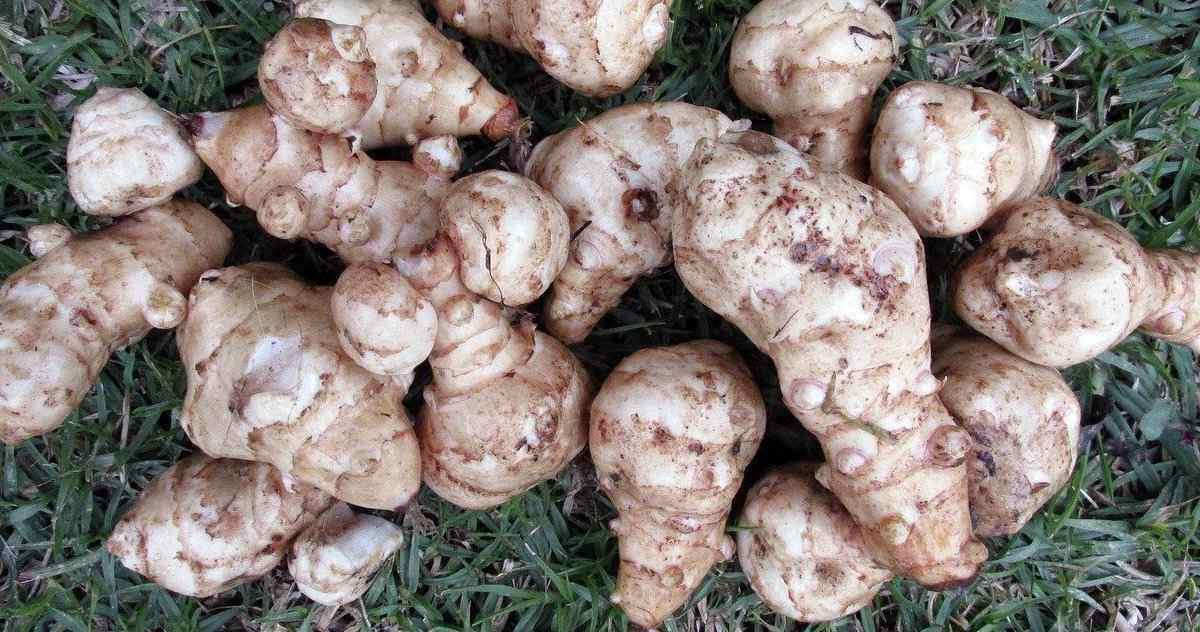
Types of bacteria classified as prebiotics
Prebiotics can be potentially used either as an alternative to probiotics or as a supplement used with probiotics. The different kinds of prebiotics can help stimulate the growth of different indigenous gut bacteria (5). Several fruits, cereals, vegetables, and other edible plants are sources of potential prebiotics, such as:
- barley
- tomatoes
- onions
- artichokes
- bananas
- garlic
- asparagus
- berries
- green vegetables
- legumes
- linseed, and others.
The most common artificially produced prebiotics are fructooligosaccharides, lactulose, galactooligosaccharides, and maltooligosaccharides.
Lactulose is the most important among the produced oligosaccharides (almost 40% of them). Moreover, fructans such as inulin and oligofructose are considered the most widely used and effective in relation to probiotics (5).
Prebiotics vs probiotics – the effect on your gut health
There is evidence that diets high in plant-based products and dietary fiber impact the gut microbiota (3). Prebiotics have been used to alter the gut microbiota by selectively stimulating the bacteria in the intestinal tract that are deemed positive to human health.
According to a 2015 study, the administration of a mixture of prebiotics-galacto-oligosaccharides to healthy elderly volunteers led to a significant increase in beneficial bifidobacteria (6).
Additionally, in a study among patients who had Irritable Bowel Syndrome, the administration of dietary fiber resulted in the relief of the symptoms of their disease (3). On the other hand, high‐dose inulin‐type fructans dietary fiber may deteriorate symptoms in Crohn’s disease patients. This is probably why this specific group of patients consume lower amounts of naturally occurring fructans and avoid using fiber supplements (3). However, a recent 2015 study’s findings show that a high amount of fiber is favorable for Crohn’s (17).
Probiotics have been proven to be helpful in the treatment or management of inflammatory enteral conditions, like Crohn’s disease, non-specific ileitis, and ulcerative colitis which are associated with chronic and recurrent inflammations/infections of the intestine (5).
There is plenty of evidence on the use of probiotics in treating diarrhea. Specifically, the use of Saccharomyces boulardii yeast to patients with acute, watery diarrhea resulted in the cure and reduced frequency in two subsequent months (5).
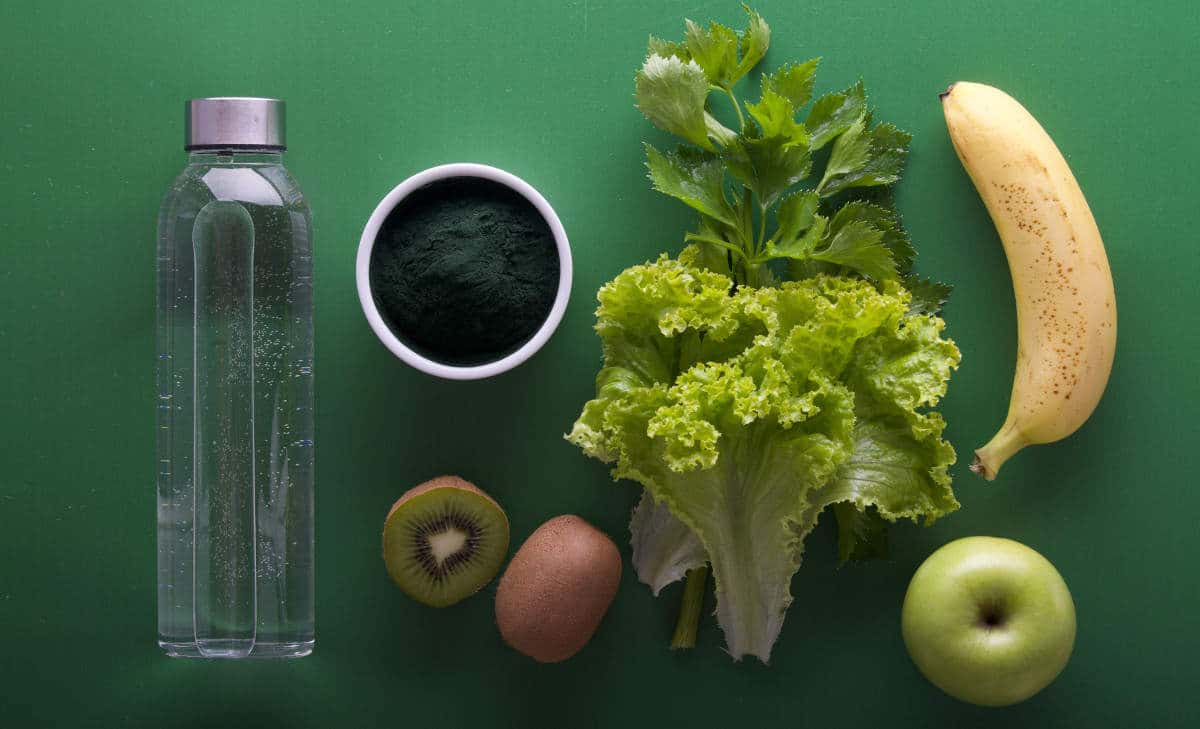 Probiotics health benefits
Probiotics health benefits
There is increasing evidence supporting the beneficial effects of probiotics related to the improvement in cholesterol levels, intestinal health, enhancement of the immune response, and cancer prevention (2).
The treatment of acute diarrhea, prevention of antibiotic-associated diarrhea, and improvement of lactose metabolism are examples of conditions where probiotics have a well-proven positive role.
In addition, there is evidence showing that taking probiotics could possibly contribute to coronary heart disease prevention, reducing bad cholesterol levels as well as controlling blood pressure. There is also research showing that probiotics consumption improves allergy symptoms (2).
According to one study, specific probiotic strains administered in dairy products have improved the therapeutic outcome in women with bacterial vaginosis (7). Another study points to the fact that probiotics help alleviate depressive symptoms (8).
Prebiotics health benefits
Although there is less research on prebiotics compared to probiotics, there is evidence that consuming prebiotics can improve your immune system by increasing the population of protective microorganisms (9).
Moreover, there is evidence that prebiotics have implicated memory improvement in adults (10-11). On top of that, prebiotics can help lower the risk of cardiovascular disease by reducing blood triacylglycerol and liver lipogenesis (12).
In 2012, researchers reported that there is a relation between memory and administration of prebiotics in both animals and humans (13). Additionally, diarrhea-associated fever in infants is shown to be reduced by the use of prebiotics, specifically, fructo-oligosaccharides (14).
On top of these, human clinical trials have reported the potential beneficial effects of combining probiotics with prebiotics in the prevention and treatment of obesity (15). Prebiotics, like fructo-oligosaccharides, can help treat health problems like allergic contact dermatitis, acne, and photo aging primarily by enhancing the growth of probiotics (16).
Probiotics vs prebiotics – how to choose the best supplement?
Probiotics and prebiotics can benefit your health on multiple levels. You can find them in foods, but you can also get a high quality food supplement.
If you’re thinking about taking prebiotics vs probiotics, it’s best you take both of them. Probiotics, when combined with prebiotics, possess multiple extra properties. When choosing your probiotics and prebiotics, you should pay attention to their quality, and the number of strains.
Their consumption is proven to be safe and they can be consumed by men, women and children. We make Probiotics and Prebiotics With Sunfiber and FOS so you don’t need to take any extra supplement.
That said, if you’re facing several issues with your gut functions, know that you can take a daily probiotic with prebiotic. To sum up, there really shouldn’t be a ‘prebiotics vs probiotics’ argument. Rather, it should be ‘prebiotics + probiotics’. As you’ve learned in this article, this 2-in-1 combo offers multiple health benefits at a super low cost.
References
(1) Kim, D., Yoo, S. and Kim, W., 2016. Gut microbiota in autoimmunity: potential for clinical applications. Archives of Pharmacal Research, 39(11), pp.1565-1576. (2) Kechagia, M., Basoulis, D., Konstantopoulou, S., Dimitriadi, D., Gyftopoulou, K., Skarmoutsou, N. and Fakiri, E., 2013. Health Benefits of Probiotics: A Review. ISRN Nutrition, 2013, pp.1-7. (3) Wilson, B. and Whelan, K., 2017. Prebiotic inulin-type fructans and galacto-oligosaccharides: definition, specificity, function, and application in gastrointestinal disorders. Journal of Gastroenterology and Hepatology, 32, pp.64-68. (4) Amara, A. and Shibl, A., 2015. Role of Probiotics in health improvement, infection control and disease treatment and management. Saudi Pharmaceutical Journal, 23(2), pp.107-114. (5) Nutrients, 2017. Effects of Probiotics, Prebiotics, and Synbiotics on Human Health. 9(9), p.1021. (6) Vulevic, J., Juric, A., Walton, G., Claus, S., Tzortzis, G., Toward, R. and Gibson, G., 2015. Influence of galacto-oligosaccharide mixture (B-GOS) on gut microbiota, immune parameters and metabonomics in elderly persons. British Journal of Nutrition, 114(4), pp.586-595. (7) Falagas ME, Betsi GI, Athanasiou S. Probiotics for the treatment of women with bacterial vaginosis. Clinical Microbiology and Infection. 2007;13(7):657–664 (8) Wallace, C. and Milev, R., 2017. The effects of probiotics on depressive symptoms in humans: a systematic review. Annals of General Psychiatry, 16(1). (9) Davani-Davari, D., Negahdaripour, M., Karimzadeh, I., Seifan, M., Mohkam, M., Masoumi, S., Berenjian, A. and Ghasemi, Y., 2019. Prebiotics: Definition, Types, Sources, Mechanisms, and Clinical Applications. Foods, 8(3), p.92. (10) Best T., Howe P., Bryan J., Buckley J., Scholey A. Acute effects of a dietary non-starch polysaccharide supplement on cognitive performance in healthy middle-aged adults. Nutr. Neurosci. 2015;18:76–86. (11) Best T., Kemps E., Bryan J. Saccharide effects on cognition and well-being in middle-aged adults: A randomized controlled trial. Dev. Neuropsychol. 2009;35:66–80. (12) Russo F, Chimienti G, Riezzo G, Pepe G, Petrosillo G, Chiloiro M, Marconi EInulin-enriched pasta affects lipid profile and Lp(a) concentrations in Italian young healthy male volunteers.Eur J Nutr. 2008 Dec; 47(8):453-9. (13) Nelson E.D., Ramberg J.E., Best T., Sinnott R.A. Neurologic effects of exogenous saccharides: A review of controlled human, animal, and in vitro studies. Nutr. Neurosci.2012;15:149–162 (14) Saavedra J., Tschernia A., Moore N., Abi-Hanna A., Coletta F., Emenhiser C., Yolken R. Gastro-intestinal function in infants consuming a weaning food supplemented with oligofructose, a prebiotic. J. Pediatr. Gastroenterol. Nutr. 1999;29:513 (15) Cerdó, T., García-Santos, J., G. Bermúdez, M. and Campoy, C., 2019. The Role of Probiotics and Prebiotics in the Prevention and Treatment of Obesity. Nutrients, 11(3), p.635. (16) Lolou, V. and Panayiotidis, M., 2019. Functional Role of Probiotics and Prebiotics on Skin Health and Disease. Fermentation, 5(2), p.41. (17) Chiba, Mitsuro et al. “High amount of dietary fiber not harmful but favorable for Crohn disease.” The Permanente journal vol. 19,1 (2015): 58-61. doi:10.7812/TPP/14-124


